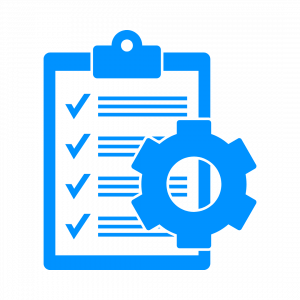

At IPT we pride ourselves with maintaining the quality of our products and maintain the integrity of the codes that govern our industry.
Many suppliers skirt around the codes which are meant to protect our industry and our customers. By maintaining our QC programs at our plant you can be assured the products AND technology you are using are tested and meet the specific codes and ASTM standards.
Our products and technologies meet the full listing requirements of structural liners and are tested to the specific testing protocols in ASTM 1216 which the plumbing code recognizes.
IPT is proud to be the only fully listed CIPP drain lining product in Canada.
The IPT CIPP Lining System meets the following codes:
The IPT CIPP Lining System is compliant with the following standards:
Are You Aware That:
IPT is standing guard and maintaining the integrity of the small diameter CIPP; industry make sure your supplier is doing the same.